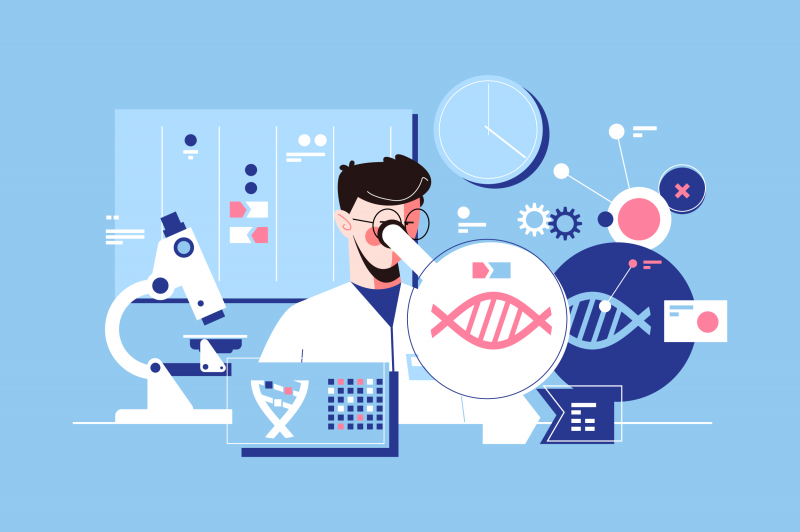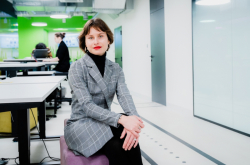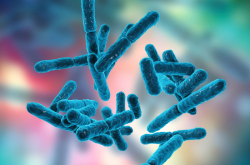Biological research, especially that which concerns genetic analysis, has now reached a point where the data collected in the process simply cannot be processed manually by humans. Highly complex mathematical algorithms and big data processing skills are required to assemble an animal’s genome, identify a gene responsible for a particular disease, or find similarities between two species.
All this has led to the creation of a new discipline, bioinformatics, which is found at the intersection of biology and mathematical analysis. Until recent times, this science was developed by programmers with interest in life sciences and biologists familiar with coding and statistical methods. Lately, however, specialized programs have begun to emerge that train professionals equipped with the entire toolset needed to work in bioinformatics. At ITMO University, the English-language Master’s program Bioinformatics and Systems Biology has been operating for two years now.

New major
So far, the program has been mostly focused on teaching the graduates of Bachelor’s programs in biology; now, a new program track will train programmers to develop genome assembly solutions, discover similar genomic segments, and solve other challenges of bioinformatics.
“The most notable differences will be found in the first semester; the students with a background in biology will learn about computer science and statistics, while those with programming experience will learn about molecular biology, advanced statistics, and algorithms,” says Aleksey Sergushichev, an associate professor at the Information Technologies and Programming Faculty and the head of the program. “In the second semester, classes will be fairly similar, and all students will attend them together. There, they’ll learn about systems biology, genetics, and data analysis. However, we also offer students an opportunity to design their individual curricula, so programmers will still be able to attend mathematics classes if they so desire.”

The research carried out by students of different majors will differ, too. For instance, Master’s students who chose the biology-focused track will conduct studies centered on fundamental biological results. At the same time, programmers will develop software solutions and data analysis algorithms.
“It’s great that biology and computer science students will study alongside each other,” says Nikita Alexeev, a researcher at ITMO University and participant of its Fellowship & Professorship Program. “This is a young field of science, and most mathematicians who join it don’t have a good understanding of how to work with biologists. Learning together will help them better understand each other. Programmers will see who they’re building algorithms for, while biologists will understand which tasks they can set for their colleagues with a background in computer science.”
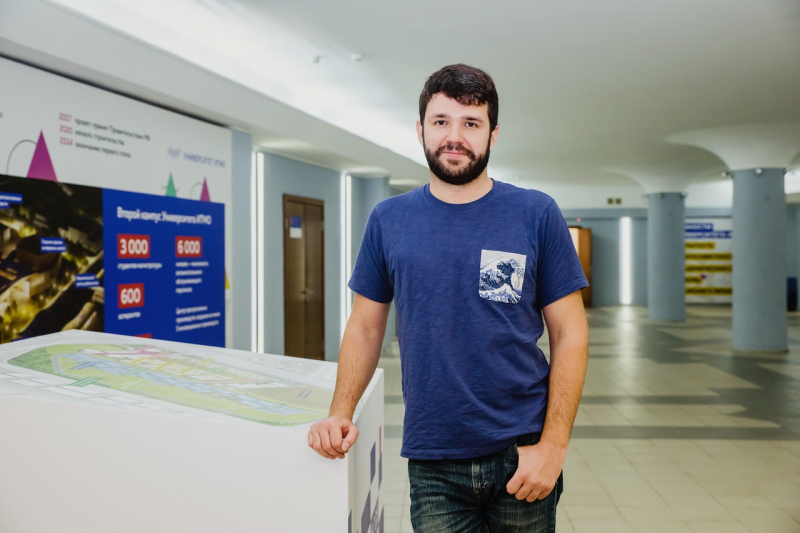
How to apply
This year, the Bioinformatics and Systems Biology program is expected to take in 16 fee-paying students and 5 students on a tuition-free basis.
In order to enroll in the program, applicants will need to pass an entrance exam. Questions for the exam can be found here.
Updates on admission to the program are published on the program’s VK page (in Russian). More admissions-related information can be found on the program’s official English-language page.
First graduates’ experience

This year, the program celebrates its two-year anniversary. In that time, it has established numerous partnerships, mostly with organizations from the USA. This June, its first 11 graduates successfully defended their theses on various aspects of bioinformatics.
“These projects were done in collaboration with scientists from all over the world – from specialists at the Almazov National Medical Research Centre in St. Petersburg to researchers from Boston and Washington, D.C., who took part as research advisors,” explains Aleksey Sergushichev.
The program provides students with comprehensive interdisciplinary training in bioinformatics and fundamental knowledge of systems biology as well as data processing.
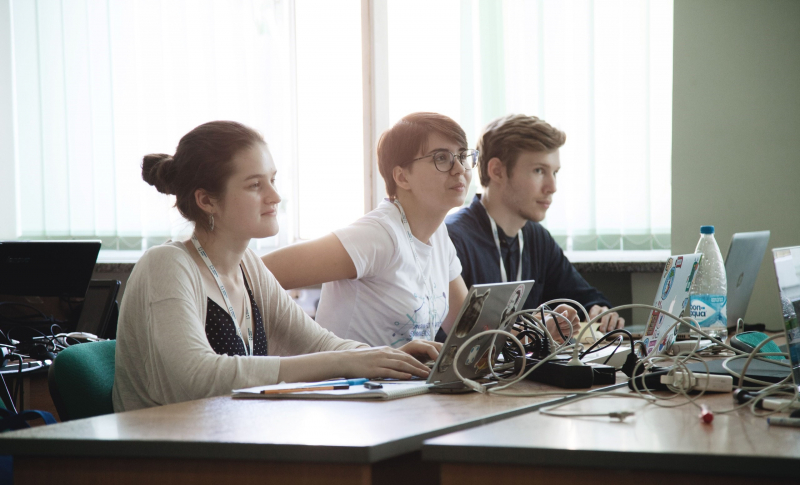
“The program has covered practically all key fields of modern science. We’ve gone all the way from sequencing data analysis to structural bioinformatics,” says Anton Zamyatin, a 2020 graduate of the program. “The program is structured around collaboration with leading laboratories and scientists from around the world. I worked on a project that involved the assembly of two malarial mosquitoes genomes in collaboration with George Washington University, whose computing cluster I used, and it eventually became the topic of my graduation thesis.”
Students don’t just learn theory: the main emphasis is made on developing their ability to carry out independent research.
“We’d learn about a bioinformatics method and immediately practice it on data that, figuratively speaking, was just published yesterday. This approach convinced me that I am now able to solve many bioinformatics tasks – after a bit of thinking, of course. Knowing the primary approaches to processing biological data helps me properly plan experiments and set goals, as well as find ways to reach them, which I consider an absolute advantage as a researcher,” notes Oksana Ivanova, a 2020 graduate of the program.
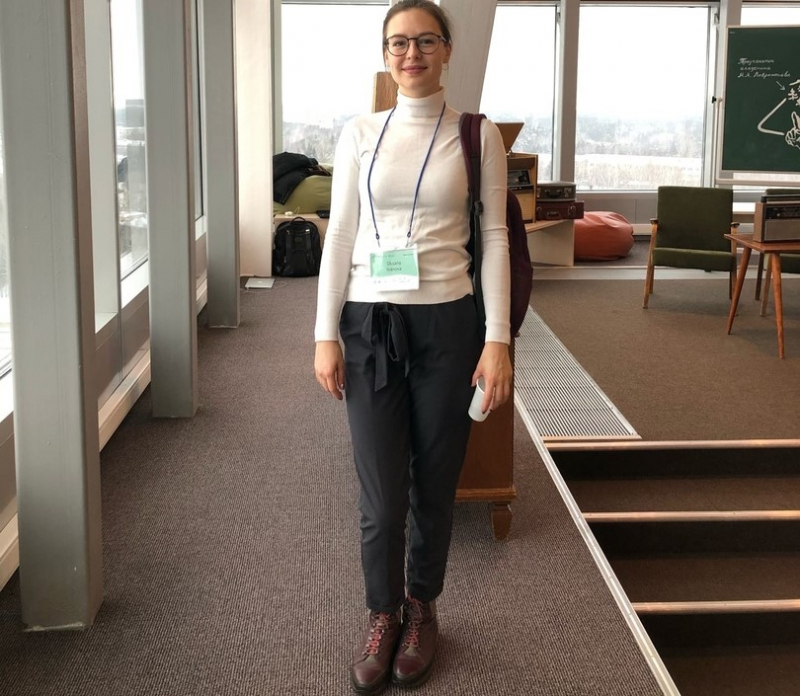
“The Master’s program Bioinformatics and Systems Biology isn’t just world-class professional education, but, most importantly, a radically fresh perspective and state-of-the-art approach to science. This program has completely changed my life as a scientist and allowed me to see biology from another angle: it’s not just new technological solutions and approaches, but also an amazingly wide scientific purview and a range of future opportunities that I’ve acquired throughout my studies. I am very grateful to the program for having been able to learn from the representatives of the world’s top science schools; they’ve shown me the high level of modern science, what to strive towards in the future, and how to keep up the bar set here at ITMO. I also want to add that this program has once again showed me not to be afraid of change, not to give up, and to overcome all challenges standing between me and my goals (as they say, ‘through hardships to the stars’). One must always be open to new things!” shares Natalia Petukhova, a 2020 graduate of the program.
